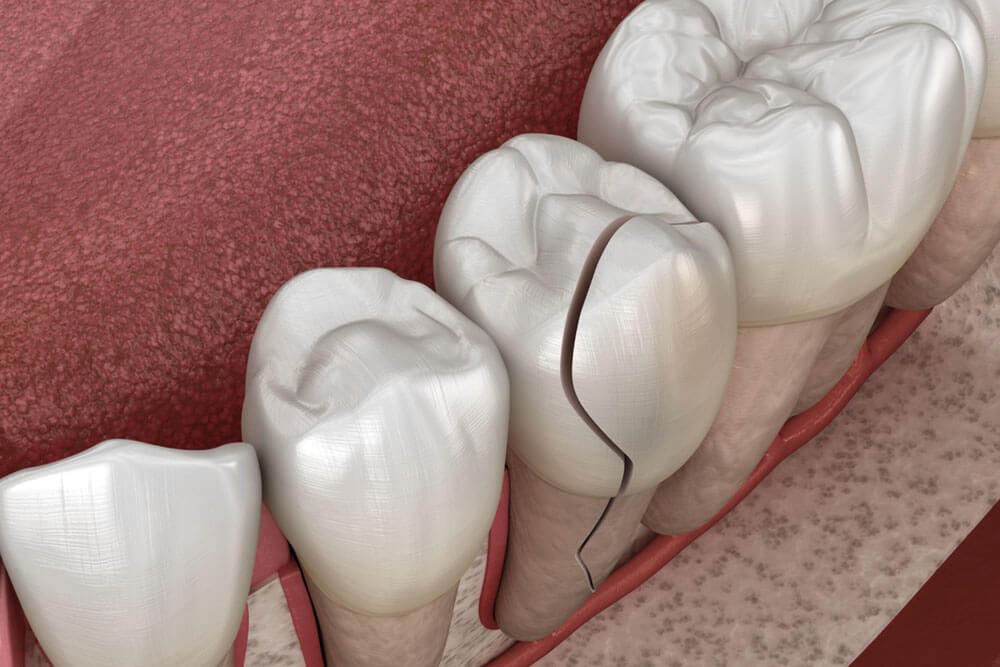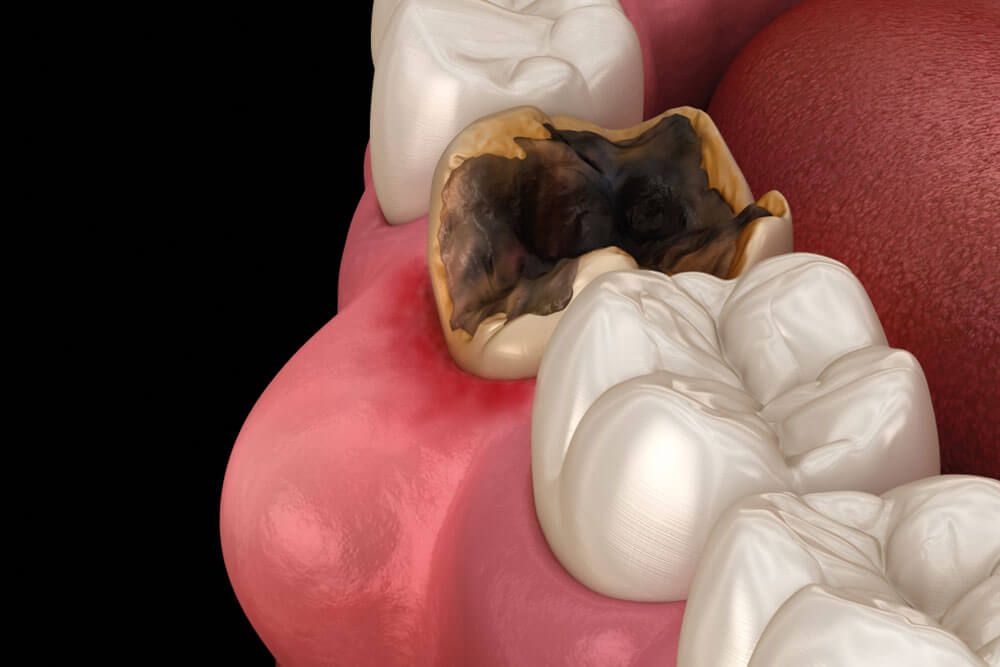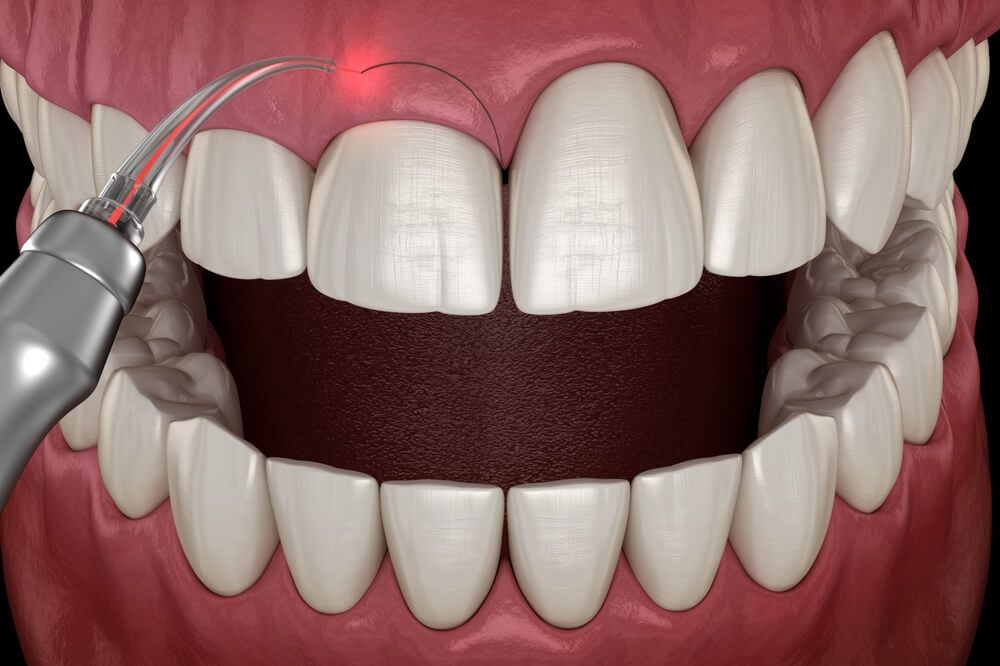A loose or dislodged tooth is a common dental trauma emergency. One of the most common questions asked regarding dislodged teeth — how quickly should it be re-secured? The quick answer is the sooner, the better.
Whether a tooth has become slightly loose or is wholly dislodged, they always benefit from having it re-attached as quickly as possible.
Thankfully, the skilled endodontists at Greater Endodontics are experts at handling dental trauma emergencies. We also provide emergency hours so your smile can be fixed as soon as possible.
What is a Dislodged Tooth?
A tooth is considered dislodged when it is partially out of the socket, or when it has been pushed into the gum. Dislodged teeth are not the same as knocked-out or avulsed teeth.
There are several ways a tooth can become dislodged. These include but are not limited to:
- A fall onto your face, chin, or jaw
- An accident while playing sports
- Being hit in the face with a hard object
- A punch to the face
How Can I Tell if a Tooth is Dislodged
With a dislodged tooth, you may notice the tooth feels loose and it may be difficult to bite down on food. Gums around the tooth may be swollen, and you may notice some bleeding.
In some cases, you may be able to see the tooth has shifted slightly out of place. If you have any doubt about whether or not your tooth is dislodged, contact your dentist or an endodontist immediately to determine if there is a more serious dental emergency.
What are the Most Common Dental Emergencies?
Dental trauma is any injury to the teeth, gums, or supporting structures in the mouth. While the severity of dental trauma can range from mild to severe, dental emergencies involving oral tissue need to be taken seriously and evaluated immediately.
The most common dental trauma emergencies include:
Tooth Fracture
This includes minor chips or cracks to severe fractures that leave the tooth in several pieces.
Avulsed (Knocked-Out) Tooth
This is when a tooth is completely knocked out of its socket.
Dislodged Tooth
This is when a tooth is partially knocked out but still attached to the gums.
Improperly Erupted Permanent Tooth
A permanent tooth may erupt through the gums at an improper angle, causing it to become impacted and damaged.
Luxation (Tooth Displacement)
This occurs when a tooth has been knocked out of its socket but has not become entirely loose. The two main types of luxation are intrusive and extrusive luxation. Intrusive luxation occurs when the force from a blow knocks a tooth back into its socket, while extrusive luxation occurs when the pressure causes a tooth to become partially dislodged from its socket.
What are Treatment Options for a Dislodged Tooth?
A tooth completely knocked out of the mouth is a dental emergency that requires immediate treatment. When a tooth is entirely dislodged, the chances of saving it are best if it can be replaced within 30 minutes.
The treatment options for a dislodged tooth in Utah depend on how long it has been since the injury and whether there was damage to the soft tissues or bone around the tooth. In some cases, your dentist can splint the tooth in place for two weeks and hope that it heals on its own. Sometimes your dentist will need to perform surgery to stabilize and protect the tooth during healing.
Greater Endodontics Dislodged Tooth Treatment in Utah
See an endodontist at Greater Endodontics as soon as possible for the best possible outcome. Our specialized professionals provide 24/7 on-call emergency help to ensure your dental emergency is fixed as soon as possible.






